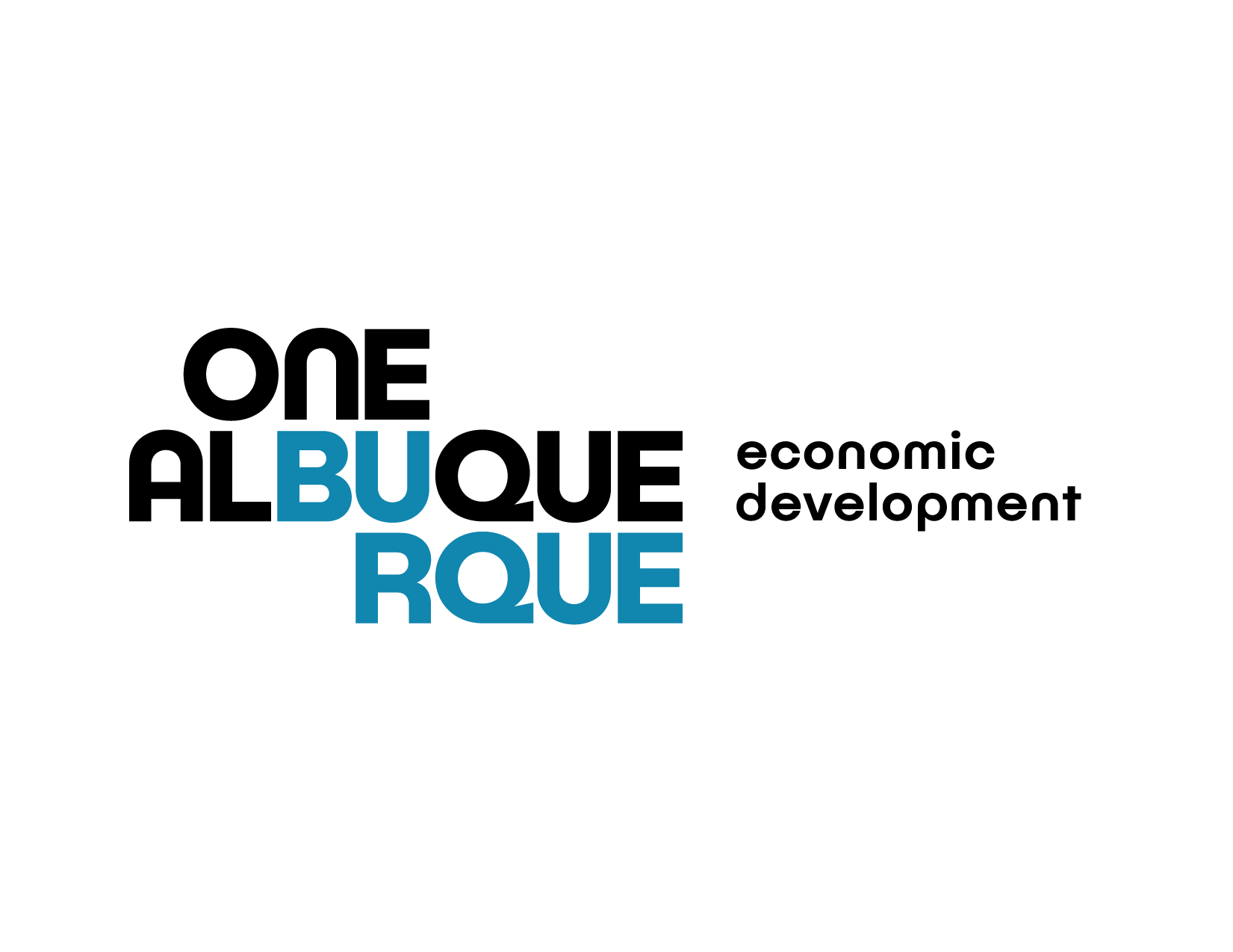Analysis of New York City’s Proposed Minimum Wage Increase and its Alignment with Sustainable Development Goals
Overview of the Proposal
- New York City mayoral candidate Zohran Mamdani has proposed an incremental increase of the city’s minimum wage to $30 per hour by the year 2030.
- The current minimum wage stands at $16.50 per hour, which is insufficient to meet the city’s high cost of living.
- The proposal stipulates that after 2030, the wage floor would be indexed to either cost-of-living increases or worker productivity gains.
- The initiative is presented as a necessary measure to prevent New York City from becoming inaccessible to its working-class population.
Alignment with United Nations Sustainable Development Goals (SDGs)
- SDG 1: No Poverty: The proposal directly addresses the goal of ending poverty by establishing a livable wage. This policy aims to ensure that full-time workers can afford basic necessities without relying on public assistance, thereby reducing the proportion of the population living in poverty.
- SDG 8: Decent Work and Economic Growth: By advocating for a wage floor that reflects the actual cost of living, the plan promotes the core principles of “decent work for all.” It seeks to achieve fair remuneration and ensure that economic growth benefits all segments of the workforce, particularly low-wage earners.
- SDG 10: Reduced Inequalities: A significant increase in the minimum wage is a direct policy tool to combat income inequality. It aims to narrow the gap between the lowest-paid workers and higher earners, fostering a more equitable distribution of income and opportunity within the city.
- SDG 11: Sustainable Cities and Communities: The proposal is framed as a critical measure to maintain the city’s socioeconomic diversity. By making the city more affordable for working-class residents, it supports the goal of creating inclusive, safe, and sustainable urban environments where all residents can afford to live and thrive.
Stakeholder Perspectives and Economic Context
- Support and Public Mandate: Proponents, including advocacy group One Fair Wage and the Economic Policy Institute (EPI), argue the measure is a necessary solution to the city’s affordability crisis. Public support is strong, with polling indicating 72% of likely voters are in favor of the incremental increase.
- Opposition: Political opponents, including former Governor Andrew Cuomo and Curtis Sliwa, have voiced opposition, describing the proposal as a “fantasy” and “too high,” while expressing concerns that it would function as a tax on corporations.
- Economic Analysis: The EPI estimates that without such an increase, over one-third of the city’s workforce will earn less than $30 per hour in 2030. The current system is viewed as an effective subsidy for low-wage employers, with taxpayers covering the shortfall through public benefits programs.
Conclusion and Outlook
- The debate over a $30 minimum wage in New York City highlights a critical intersection of economic policy and sustainable development.
- The proposal represents a significant policy shift aimed at achieving key SDG targets related to poverty, inequality, and decent work within a major global urban center.
- Strong public and organizational support suggests a growing mandate for policies that deliver a genuine living wage, positioning the proposal as a central issue in the city’s future economic and social planning.
1. Which SDGs are addressed or connected to the issues highlighted in the article?
SDG 1: No Poverty
- The article directly addresses the concept of a “livable wage,” which is fundamental to preventing and eradicating poverty. The argument that the current minimum wage is insufficient and forces residents to rely on public benefits connects the wage debate to poverty reduction efforts.
SDG 8: Decent Work and Economic Growth
- The core of the article is the debate on establishing a fair minimum wage, a key component of “decent work.” The proposal to raise the wage to $30 an hour by 2030 and then tie it to worker productivity directly relates to promoting fair wages and sustained economic growth.
SDG 10: Reduced Inequalities
- Raising the minimum wage is a policy tool aimed at reducing income inequality. The article highlights that without this measure, “more than a third of New York City workers will earn less than $30 an hour in 2030,” pointing to a significant income gap that the proposal seeks to address.
SDG 11: Sustainable Cities and Communities
- The article links the wage issue to urban sustainability by describing how the lack of a livable wage is forcing working-class people out of New York City. The warning that the city is at risk of becoming “a museum of where working-class people used to be able to live” underscores the goal of making cities inclusive and affordable for all residents.
2. What specific targets under those SDGs can be identified based on the article’s content?
Target 1.2
- By 2030, reduce at least by half the proportion of men, women and children of all ages living in poverty in all its dimensions according to national definitions. The push for a “$30 living wage” is a direct strategy to reduce the number of working poor in New York City, who may not be able to afford basic necessities despite being employed.
Target 8.5
- By 2030, achieve full and productive employment and decent work for all women and men… and equal pay for work of equal value. The proposal to establish a $30 minimum wage is a direct effort to ensure that work is “decent” by providing compensation that reflects the cost of living and allows workers to be self-sufficient.
Target 10.1
- By 2030, progressively achieve and sustain income growth of the bottom 40 per cent of the population at a rate higher than the national average. A significant, incremental increase in the minimum wage directly boosts the income of the lowest-paid workers, aiming to achieve this target at a local level.
Target 11.1
- By 2030, ensure access for all to adequate, safe and affordable housing and basic services. The article explicitly states that the affordability crisis is pushing people out of the city. A livable wage is presented as a necessary condition for workers to afford housing and remain residents of New York City.
3. Are there any indicators mentioned or implied in the article that can be used to measure progress towards the identified targets?
Minimum Wage Level
- Mentioned: The article provides specific monetary values that serve as direct policy indicators. These include the current minimum wage ($16.50), the proposed target wage ($30), and an alternative proposal ($20). Progress can be measured by tracking the legislated minimum wage against these targets.
Proportion of Workers Earning a Living Wage
- Implied: The Economic Policy Institute’s estimate that “more than a third of New York City workers will earn less than $30 an hour in 2030” if the policy is not enacted implies an indicator. Progress can be measured by the percentage of the workforce whose earnings meet or exceed the proposed $30/hour living wage threshold.
Cost of Living vs. Wage Growth
- Implied: The proposal to tie the minimum wage to “cost-of-living increases” after 2030 implies an indicator that measures the relationship between wage levels and the affordability of living in the city. This addresses the core problem of the “affordability crisis facing millions of New Yorkers.”
4. Table of SDGs, Targets, and Indicators
| SDGs | Targets | Indicators |
|---|---|---|
| SDG 1: No Poverty | 1.2: Reduce the proportion of people living in poverty according to national definitions. | Proportion of workers earning below a “livable wage” (defined in the article as at least $30/hour). |
| SDG 8: Decent Work and Economic Growth | 8.5: Achieve decent work for all and equal pay for work of equal value. | The statutory minimum wage level in New York City (e.g., $16.50, $20, $30). |
| SDG 10: Reduced Inequalities | 10.1: Sustain income growth of the bottom 40 per cent of the population. | The percentage of the workforce earning less than the proposed $30/hour minimum wage. |
| SDG 11: Sustainable Cities and Communities | 11.1: Ensure access for all to adequate and affordable housing. | The ratio of the minimum wage to the local cost of living, particularly housing costs. |
Source: commondreams.org







